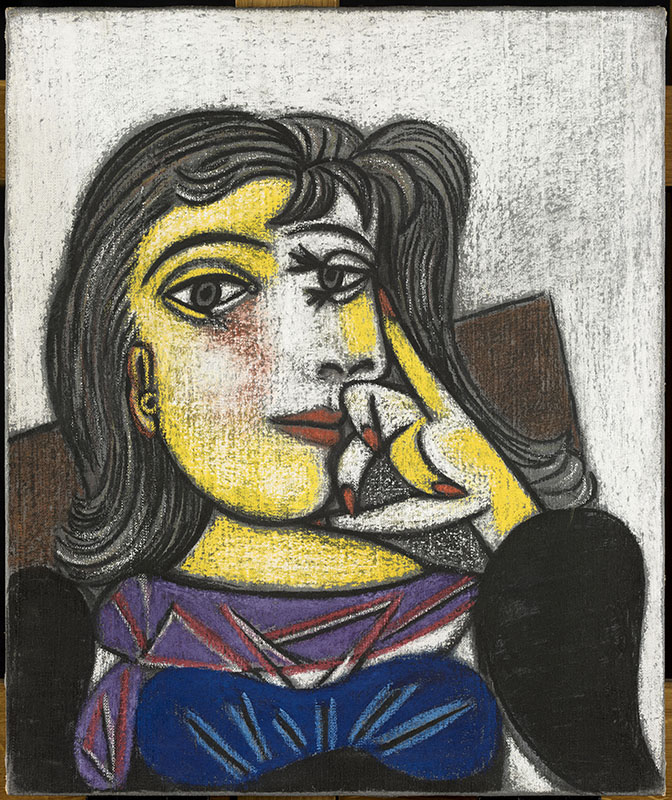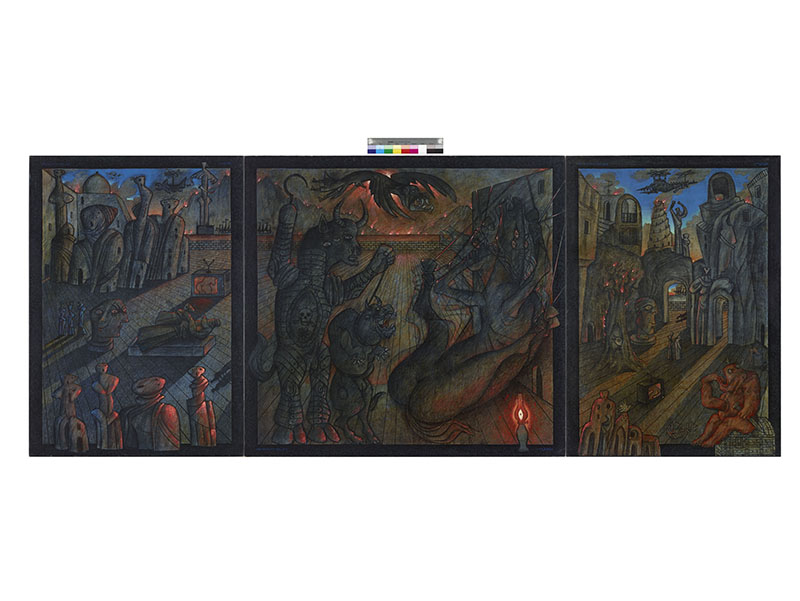Picasso et les avant-gardes arabes
The exhibition
The Arab avant-garde, Picasso and all the rest
What role did Picasso's work play in the constellation of modern Arab artists? The question makes sense, but if the Tourcoing exhibition has the merit of showing a little-known part of creation, its purpose tends to get lost in trying to embrace too broadly a history with drawers.
At a time of manifestos, two of those sent from the Arab world have Picasso's work at their heart. The first came from the Egyptian group Art et Liberté in 1938, reproducing Guernica, whose iconic terror would permeate even the Iraqi Dia Al-Azzawi when he in turn denounced the massacres of Palestinians in the Lebanese camps of Tall al-Zaatar (1979), then Sabra and Shatila (1982). Even more directly, the Syrian Alwani Khozaima took up some of the figures in 1992 in a vast canvas on the days of fire and blood orchestrated by the Baathist regime ten years earlier. We owe the second manifesto to the Baghdad group, which in 1951 defined Picasso as "one of the foundations of modern art".
Extract from the article by Tom Laurent, published in the exhibition's website
What role did Picasso's work play in the constellation of modern Arab artists? The question makes sense, but if the Tourcoing exhibition has the merit of showing a little-known part of creation, its purpose tends to get lost in trying to embrace too broadly a history with drawers.
At a time of manifestos, two of those sent from the Arab world have Picasso's work at their heart. The first came from the Egyptian group Art et Liberté in 1938, reproducing Guernica, whose iconic terror would permeate even the Iraqi Dia Al-Azzawi when he in turn denounced the massacres of Palestinians in the Lebanese camps of Tall al-Zaatar (1979), then Sabra and Shatila (1982). Even more directly, the Syrian Alwani Khozaima took up some of the figures in 1992 in a vast canvas on the days of fire and blood orchestrated by the Baathist regime ten years earlier. We owe the second manifesto to the Baghdad group, which in 1951 defined Picasso as "one of the foundations of modern art".
Extract from the article by Tom Laurent, published in the exhibition's website
When
02/02/2022 - 10/07/2022

_ShakerHassanAlSaid_Front.jpg)
